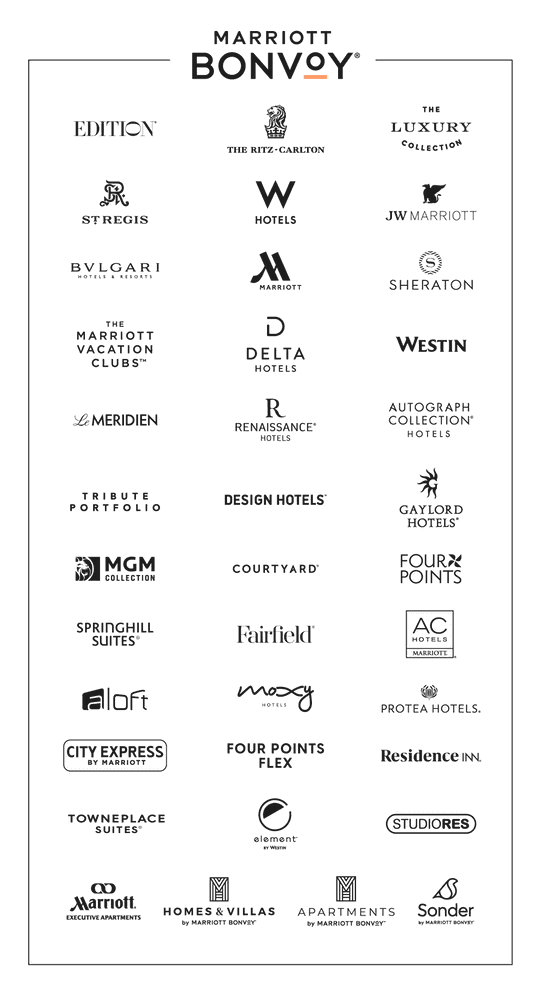Nine Ways to Build Partnerships With Diverse Vendors
With 87% of meeting planners saying that their organization actively strives to make their events more diverse, equitable, and inclusive, planners need all hands on deck. That includes vendors and suppliers, who can bring diverse perspectives and offerings to your events.
But simply curating a list of vendors who fit a universal definition of “diverse” won’t accomplish your DEI goals. You need to find representative vendors, nurture relationships with them, and find ways to partner with them. In doing so, you’ll elevate the community, your events, and your operations.
“It’s important for agencies to understand that bias really does hurt their bottom line,” says Chivonne Hyppolite, founder and CEO of Abstract Elements, an Atlanta-based event planning and production agency. Plus, at a time when a tight events market is leading to a shortage of meeting vendors, it’s the perfect time to expand your roster in general—and a cue to do so with an eye toward DEI. Here are nine ways you can develop stronger partnerships with diverse vendors, expanding possibilities for everyone.


1) Turn to the experts.
You can’t build relationships with vendors you don’t know exist. To find diverse vendors and suppliers, you can turn to the resources you already know, but with an eye toward diversity.
Meeting Professionals International, local chambers of commerce, state supplier diversity programs, local opportunity programs: There’s no shortage of outlets with the information you’re looking for. In addition to the local chamber of commerce, many regions have culturally specific commerce councils, such as state-affiliated Hispanic chambers of commerce and American Indian chambers of commerce.
“There’s always a woman-owned business,” Hyppolite says. “There’s always a business owned by a person of color or a veteran. There’s always a business that has people who look like me. Being purposeful in seeking them out is key.”
For a purpose-built resource hub, turn to OurBLOC, a platform by and for Black and minority-owned event vendors.
2) Ask the right questions.
As with any vendor, when you’re seeking out diverse vendors, you want to ask about their skills, strengths, and operations. But finding diverse vendors brings another set of questions.
Hyppolite suggests getting specific. Asking about how many women or people of color are on staff is a place to start—but not an end point. “How many women do you actually see on-site?” she recommends asking. “How many people of color do you have, and not just in your warehouse? How many of them are actually boots on the ground, producing and executing?”
Having a diverse team matters. Values do too. Hyppolite asks potential suppliers about their mission statement and values before committing. “Integrity is big for me,” she says. “And I really want to work with people who stand for integrity too.”
3) Show up for your vendors.
Building a diverse network of vendors isn’t just about hiring them. It’s about mutual service: discovering what they can do for your business, and what you can do for theirs.
“I will not do business with a firm whose work I have not seen,” Hyppolite says. “But to nourish those relationships, you’ve got to get to know them—their brand, their mission, their values, how they execute. You build those relationships by showing up for them. You do that by being present at their events. By being of service to them.”
Asking vendors whose work you don’t yet know what kind of events they’re best suited for can help you play matchmaker. “Don’t just send business their way,” Hyppolite advises. “Actually ask them what type of events they’re looking to do this year. Ask them how your services can be of value to their company.”
She cites an example of an audiovisual company she was excited to work with but hadn’t yet seen in action. She approached the company with a roster of events she was developing and told them, “I want to bring you in on the right project, and I want to use you on more than just a one-off basis. Are you willing?” From there, she and the company could figure out the right event to use as an initial partnership. The key was that she showed up for an emerging company by giving them options.
4) Shadow them before committing.
“I can’t think of any organization that wouldn’t be willing to allow somebody who’s interested in working with them to come and see how they do things on-site,” Hyppolite says. “You’re not their competitor; you’re their potential client.”
When you’re on-site with a potential vendor or supplier, observe how team members are communicating with one another and how they’re conducting client interactions. If you hire them, they’ll be reflecting your organization, so you’re looking for expertise and professionalism—while remembering that “professionalism” means different things to different stakeholders.
5) Have them shadow you.
If you haven’t had an opportunity to observe a team but are eager to try them out, see if you can bring in one team member as a part of your entourage for an upcoming event.
“People hire contractors all the time, and this is essentially that,” Hyppolite says. “It doesn’t have to be the whole team.” Even if a team member isn’t involved in strategy, bringing them in day-of allows you to see how that person is accustomed to communicating and responding to real-time situations.
It’s a lower-stakes trial that can help build mutual trust so that when it comes time for you to hire anew, you’ll have an idea of what you’re working with. “You’re not taking as much of a risk,” Hyppolite says.
6) Design a trial.
If you have an internal event or a smaller event on your docket, treat it as a trial opportunity for a new vendor. “You can let them know, ‘Hey, we’re doing this specific event on a trial basis, but I can get you in as a verified vendor, and I’d love for you to handle this so we can see how we work together.’”
This also gives them the opportunity to see how your team executes events, and to determine whether they’re comfortable with your working style.
7) Follow up.
Involving vendors in your own event postmortems benefits both of you. If the event was a raging success, celebrate together to build community and shine a light on team members who went above and beyond. And if, as with most events, there was also room for improvement? Sharing feedback helps vendors see where they can grow.
8) Pay your vendors fairly.
“Do not lowball them,” Hyppolite says. Especially when working with emerging vendors, you might be tempted to use it as an opportunity to get talent for a below-market price. Avoid that temptation. “Don’t try to squeeze them for every nickel and dime. They’re trying to make it as well.”
Pay transparency can go a long way toward ensuring equity. Review your past contracts to make sure you’re entering into your contract fairly, and be clear with vendors upfront about what you can pay.
9) Let them wow you.
It’s standard to ask for references, but you can go a step beyond. “It’s not just, ‘Oh, here’s a person I worked with,’” Hyppolite says. “Have them show you what they’ve done before. A lot of agencies will see that as an opportunity to show you what they’ve done before and what they’re capable of.”
Building a diverse vendor network may mean stepping out of the formula you’ve gotten used to—and that’s part of the joy of bringing diversity goals to life.
“There’s magic in collaboration,” Hyppolite says. “You’ve been working with the same people for 15 years, so that might be all you know, but don’t be scared to take that leap.”



The following brands do not participate in Marriott Bonvoy™ Events: Design Hotels, Marriott Executive Apartments, Residence Inn, TownePlace Suites, StudioRes, Bulgari Hotels & Resorts, The St. Regis Residence Club, The Phoenician Residences, a Luxury Collection Residence Club, Scottsdale, The Ritz-Carlton Club, The Ritz-Carlton Yacht Collection, and Homes & Villas by Marriott Bonvoy. For a full list of participating and non-participating brands, please click here.